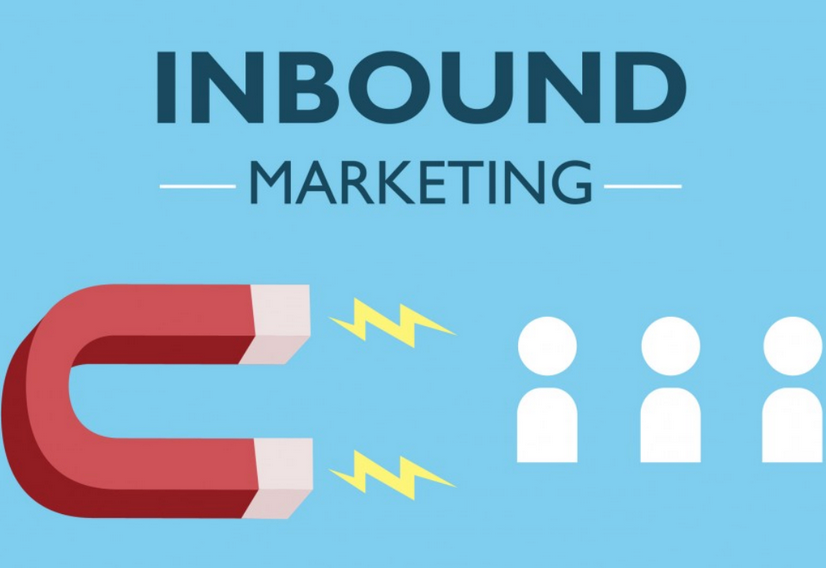Inbound marketing
Find out what Inbound Marketing means - in online marketing. Click and read more.
Find out what Inbound Marketing means - in online marketing. Click and read more.
![What is Inbound Marketing - Definition [Marketing Dictionary]](/assets/img/dictionary-background.webp)
What is Inbound Marketing
Inbound Marketing - is a marketing strategy that involves attracting customers by creating relevant content and experiences tailored to their needs. Rather than directly reaching target audiences through traditional advertising methods, inbound marketing focuses on capturing their attention through content that is useful and interesting to them, such as blogs, articles, e-books, videos, webinars and more.

Inbound marketing starts with attracting relevant visitors, using SEO (Search Engine Optimization), social media and content marketing. With these tools, users looking for solutions offered by the company are directed to the website. Once they are attracted, the stage of converting visitors into leads follows. To do this, inbound marketing uses forms, landing pages and call-to-actions, which encourage visitors to leave their contact details in exchange for access to valuable content. The next step is to close the sale, where marketing automation tools and lead nurturing techniques help convert leads into customers. Finally, post-purchase, inbound marketing continues to engage customers through helpful content, support and interactions, increasing the chances of repeat purchases and recommendations, building brand loyalty.
An effective inbound marketing strategy is based on four main pillars, which together form a coherent and effective marketing strategy:
Inbound and outbound marketing are two fundamentally different brand promotion strategies that differ in their approach to customer communication. Inbound marketing campaign focuses on attracting customers through valuable content such as articles, blogs or webinars that are tailored to the needs and interests of potential customers. Outbound marketing, on the other hand, is a more common form of marketing that involves reaching a wide audience directly through TV commercials, radio ads, telemarketing or direct mailings. This strategy is often seen as more intrusive because the company initiates contact with the customer itself, often without prior consent. While inbound marketing tactics focus on attracting customers organically, marketing seeks to actively seek out and gain the attention of potential customers.
Successful inbound marketing focuses on creating valuable content that naturally attracts potential customers to a business, rather than bribing or persuading them with aggressive advertising techniques. It is an approach that promotes the building of long-term relationships with customers, based on trust and mutual benefit.
❤️ Spread the word! ❤️
Found this guide valuable? Share it with your colleagues to help them boost their local marketing results too!
Powered by Localo 2025